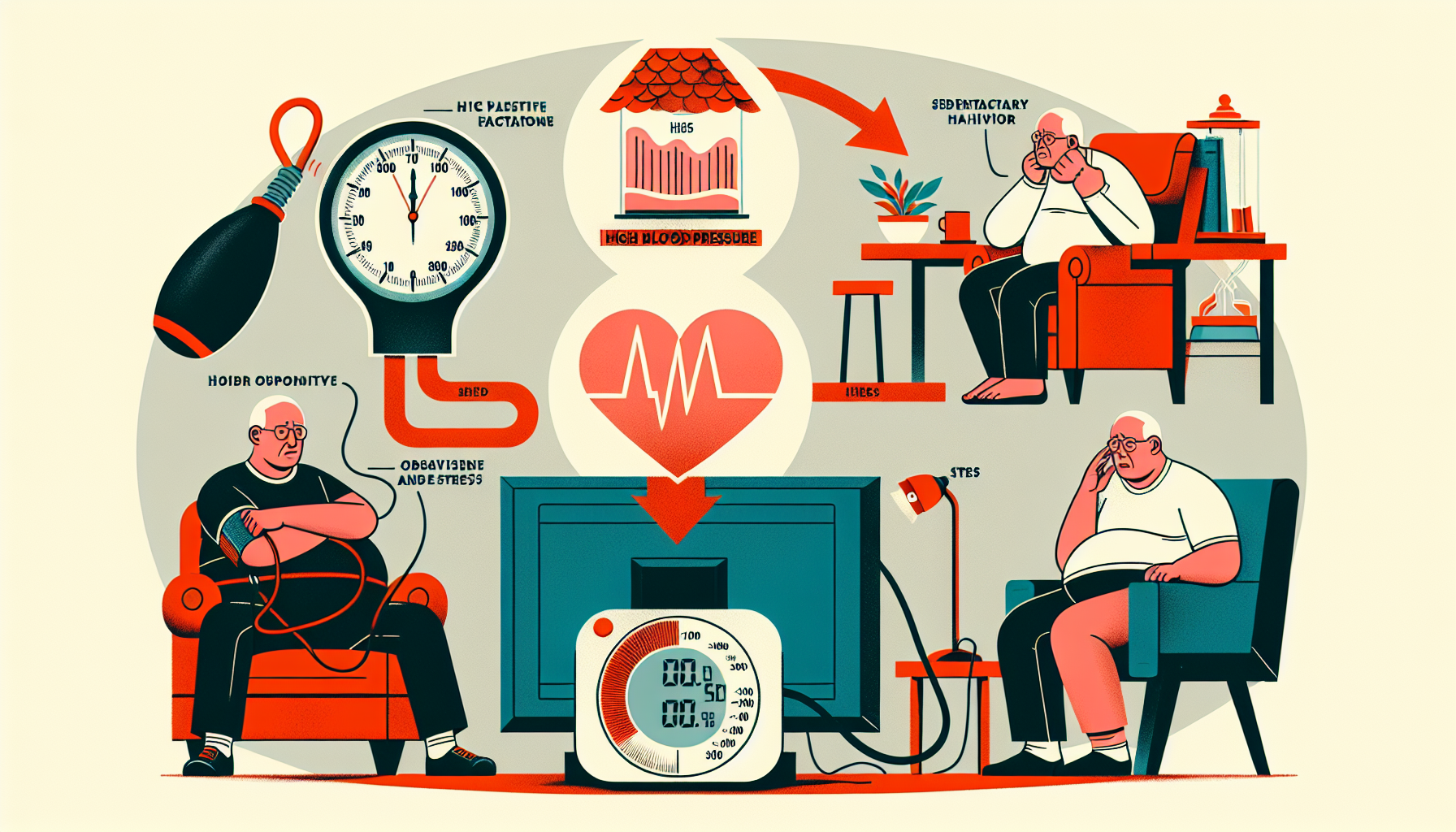How Much Does Home Health Care Really Cost?
Discover the real cost of home health care! Unveiling factors, regional variances, and financial considerations for caregivers.

Understanding Home Health Care Costs
When considering home health care for your loved ones, understanding the costs involved is essential. Several factors can influence the cost of home care, and it's important to be aware of the national median cost as a benchmark.
Factors Affecting Home Care Costs
The cost of home care can vary based on several factors, including:
National Median Cost of Home Care
The national median cost of home care in 2023 is approximately $30 per hour, according to data from A Place for Mom. This median cost serves as a general guideline, but it's important to note that actual costs can vary based on location, care needs, state regulations, and the cost of living.

To provide a clearer picture of the cost variances across different states, A Place for Mom has compiled median hourly rates for in-home care in each state. However, it's important to keep in mind that data may not be available for every state.
Here is a general overview of the median hourly rates for in-home care in select states:
StateMedian Hourly RateCalifornia$30New York$30Florida$25Texas$25Illinois$25Pennsylvania$23Michigan$23
Figures courtesy of A Place for Mom.
It's important to note that these figures are subject to change and may not reflect the current rates. To get an accurate estimate for your specific location and care needs, it is recommended to consult with home care providers or agencies in your area.
Understanding the factors that influence home care costs and the national median cost can help you make informed decisions when planning for the care of your loved ones.
Regional Variances in Home Care Costs
When it comes to home care costs, it's important to note that prices can vary significantly from one region to another. Factors such as geographic location, local market dynamics, and regional cost of living all play a role in determining the cost of home care services. Let's explore the state-by-state cost comparison and the impact of geographic location on home care costs.
State-by-State Cost Comparison
According to data collected by A Place for Mom in 2023, the median hourly rate for home care services across the United States is $30 per hour. However, the cost of home care can differ based on the state in which you reside. A Place for Mom's home care partners have provided private pay home care rates by state, offering insights into the regional cost variations.
Unfortunately, data is not available for all states, but a state-by-state cost comparison reveals differences in home care costs across the country. The median hourly rates for in-home care in each state have been compiled, providing a snapshot of the cost landscape.
Impact of Geographic Location
Location plays a significant role in determining the cost of home care services. Different states, cities, or neighborhoods may have unique pricing structures influenced by labor market conditions, supply and demand dynamics, and regional economic factors [2]. The cost of living in a particular area can also impact the overall cost of home care. Urban areas, where the cost of living tends to be higher, often have higher prices for home care services compared to rural locations.
It's important to keep in mind that the cost variations are influenced by a multitude of factors, including local regulations, market competition, and the availability of home care providers. Therefore, it's essential to research and compare the costs of home care services in your specific geographic location to get a better understanding of the expenses involved.
Understanding the regional variances in home care costs is crucial for caregivers and families to plan and budget for their loved ones' care needs. By being aware of the cost differences across states and considering the impact of geographic location, you can make informed decisions while balancing quality care with affordability.
Types of Home Care Services
When considering home health care, it's important to understand that different levels of care are available to cater to the specific needs of individuals. Home care services can range from basic personal care assistance to specialized medical care. Let's explore the different levels of care and specialized services commonly provided in home health care.
Different Levels of Care
The level of care required for home health care can vary based on the individual's needs. Some individuals may require assistance with daily activities such as bathing, dressing, meal preparation, and medication reminders. This level of care is typically referred to as personal care or custodial care.
For individuals with more complex medical needs, skilled nursing care may be necessary. Skilled nursing care involves the administration of medications, wound care, monitoring vital signs, and providing specialized medical treatments. Skilled nursing care is provided by licensed nurses or other healthcare professionals.
The level of care required can impact the overall cost of home health care services. Higher levels of care often demand more skilled caregivers, which may increase the cost of services provided.
Specialized Services
Home health care services can also include specialized services tailored to specific medical conditions or individual needs. These specialized services may require caregivers with additional training or certifications, resulting in increased costs for these services.
For example, individuals with dementia may benefit from specialized dementia care services. Caregivers trained in dementia care can provide support and assistance to individuals with memory loss, behavior management, and engagement in meaningful activities. Similarly, individuals with chronic conditions may require specialized medical care, such as wound care, infusion therapy, or respiratory therapy.
The cost of specialized services can vary depending on the level of expertise and additional training required for caregivers. These services may involve more complex care and dedicated attention, which can contribute to higher costs [3].
By understanding the different levels of care and specialized services available in home health care, caregivers and families can make informed decisions about the type of care that best suits their loved one's needs. It's essential to consider the specific services required and the associated costs to ensure that the chosen home health care plan aligns with both the individual's needs and the family's budget.
Cost Determinants in Home Care
When it comes to home care services, the cost can vary depending on several factors. The two main determinants of cost in home care are the duration and frequency of care and the level of care required.
Care Duration and Frequency
The duration and frequency of care play a significant role in determining the overall cost of home care services. As stated by Help & Comfort, longer durations and more frequent visits by caregivers result in higher costs. This is because longer durations and more frequent visits require increased labor and resource utilization.
For example, round-the-clock care will naturally be more expensive than services required for only a few hours per day. It's important to consider the specific needs of the individual receiving care and work with the home care provider to determine the appropriate duration and frequency of care.
Level of Care Required
The level of care required is another crucial factor in determining the cost of home care services. The level of care can vary depending on the individual's needs, ranging from assistance with daily activities to skilled nursing care.
According to RT Medical Home Care, a higher level of care typically demands more skilled caregivers and increases the overall cost of the services provided. For instance, individuals requiring specialized medical care or assistance with complex health conditions may require the presence of highly trained healthcare professionals, which can impact the cost of home care services.
It is essential to evaluate the specific level of care needed and communicate this clearly with the home care provider to ensure that the appropriate services are provided and the associated costs are understood.
Understanding the impact of care duration and frequency, as well as the level of care required, is crucial when considering the cost of home care services. By assessing the specific needs of the individual receiving care and working closely with the home care provider, caregivers and families can make informed decisions about the duration, frequency, and level of care that best meet their requirements while being mindful of the associated costs.
Financial Considerations
When it comes to home health care, understanding the financial aspects is crucial for individuals and families. The cost of home care services can vary depending on several factors, including the type of care required, the duration and frequency of care, and the geographic location. In this section, we will explore two key financial considerations: Medicare coverage for home care and private pay and insurance options.
Medicare Coverage for Home Care
Medicare, a federal health insurance program primarily for individuals aged 65 and older, provides coverage for medically necessary home health care services [4]. Medically necessary home health care typically involves skilled care provided by medically trained and licensed professionals, such as nursing, physical therapy, occupational therapy, speech therapy, and social work. This type of care is usually short-term and intended for recovering patients with chronic conditions or those recuperating from accidents, injuries, or surgeries.
It's important to note that Medicare does not cover non-medical home care, which includes assistance with daily living activities, light housekeeping, and companionship. Non-medical home care is generally paid out-of-pocket or through long-term care insurance. Medicaid may cover non-medical home care for patients who meet specific financial and other criteria [4].
Private Pay and Insurance Options
For individuals who do not qualify for government assistance programs or have limited coverage from Medicare or Medicaid, private pay and insurance options are available. Private pay refers to paying directly out-of-pocket for home care services. The cost of home care services can vary depending on factors such as the level of care required, geographic location, and the specific services provided.
Long-term care insurance is a type of insurance that may provide coverage for home care services, depending on the specific terms and conditions of the policy. It is important to review the policy details and consult with the insurance provider to understand the extent of coverage and any limitations or exclusions [5].
Additionally, veterans may be eligible for home care services through the Department of Veterans Affairs (VA) if they meet certain criteria, such as having a service-connected disability or being in need of skilled nursing care. The VA offers a range of home care programs and services to eligible veterans.
When considering private pay options, it is important to research and compare different providers to find the most suitable and affordable option. The cost of home care services can vary, so it is advisable to budget and plan accordingly to ensure the affordability and sustainability of home care services.
Understanding the financial considerations associated with home health care can help individuals and families make informed decisions about the most appropriate and affordable options for their specific needs. It is recommended to explore all available resources, including government programs, insurance coverage, and private pay options, to ensure the best possible care for yourself or your loved ones.
Impact on Caregivers
Caring for a loved one at home can have a significant impact on caregivers, both emotionally and financially. It's important to recognize and address the challenges faced by caregivers to ensure their well-being and provide the necessary support. Two key aspects to consider are caregiver distress and long-term care transitions.
Caregiver Distress and Support
Caring for a loved one can be emotionally demanding, leading to caregiver distress. A study published in BMC Geriatrics found that caregiver distress increased over time, particularly when the client was discharged to long-term care or passed away. The responsibility of providing care, managing medical needs, and balancing other life commitments can be overwhelming.
To alleviate caregiver distress, it's crucial to have a support system in place. This can involve seeking assistance from other family members, friends, or support groups. Respite care services, which offer temporary relief to caregivers, can also provide much-needed respite and allow caregivers to take care of their own physical and mental well-being.
Caregivers should also explore available resources and support services in their community. These may include counseling, education programs, and assistance with navigating the healthcare system. Taking advantage of these resources can help caregivers cope with the challenges they face and prevent burnout.
Long-Term Care Transitions
As the needs of the care recipient evolve over time, long-term care transitions may become necessary. According to the same study published in BMC Geriatrics, the majority of long-stay older home care clients in Canada can expect to remain in the community for about two years after home care admission. After this period, discharges from home care increase in frequency.
Transitioning from home care to long-term care can bring about various challenges for both caregivers and care recipients. It often involves adapting to a new living environment, adjusting to a different care structure, and managing the emotional aspects of this transition. Caregivers may experience feelings of guilt, grief, and anxiety during this process.
Supporting caregivers during long-term care transitions is crucial. Providing information, guidance, and emotional support can help caregivers navigate these changes more effectively. Engaging with healthcare professionals and seeking advice from social workers or care coordinators can also assist in ensuring a smooth transition for the care recipient and caregiver alike.
Understanding the impact on caregivers and addressing their needs is essential to maintain their well-being and provide quality care to the care recipient. By recognizing caregiver distress and providing the necessary support during long-term care transitions, caregivers can better manage the challenges they face and continue to provide the best care possible.
References
[2]:
[3]:
[4]:
[5]:
[6]:
[7]:


































































































